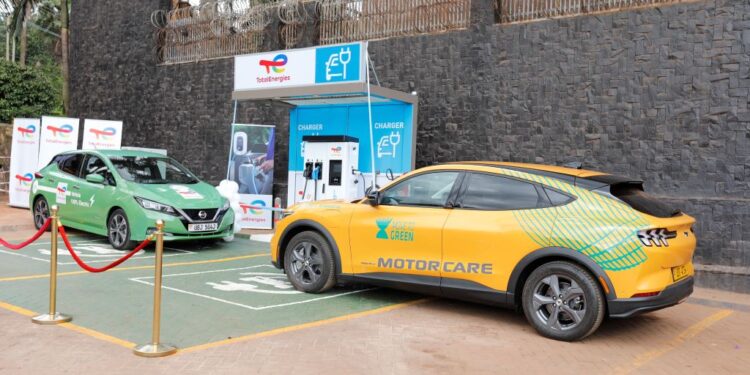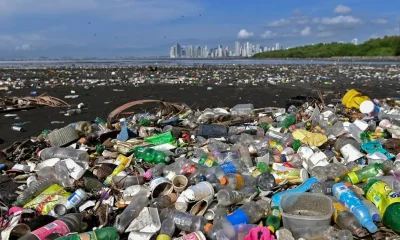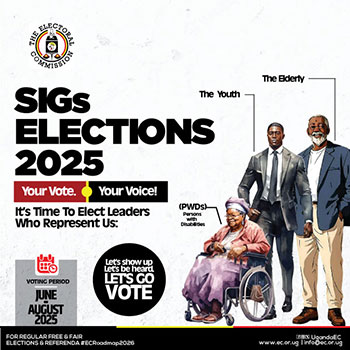Climate Change
East Africa Accelerates Towards Electric Future as Kampala Gears Up for EV-Focused Autoshow
East Africa is rapidly emerging as a hotspot for electric vehicle (EV) innovation, with manufacturers and policymakers now prioritising rugged, region-specific solutions tailored to the continent’s demanding terrain and infrastructure limitations. From the highlands of Uganda to the rocky roads of Kenya, the push for sustainable mobility is gaining momentum, driven by smart engineering, enabling policies, and growing public awareness.
Unlike traditional EVs designed for smooth highways and stable power grids, the latest models entering East African markets are being re-engineered to thrive in local conditions. These next-generation vehicles feature higher ground clearance, reinforced suspension systems, durable battery packs, and dual charging capabilities, designed to withstand erratic power supply, uneven road surfaces, and climate extremes.
“We can’t just copy solutions from Europe or Asia,” said Brian Okello, an automotive engineer and sustainable transport expert. “Vehicles here need to handle floods, potholes, and long distances without access to charging infrastructure. Dual charging options and rugged designs are therefore a must.”
This shift comes at a critical time. Africa’s transport sector currently accounts for about 10% of the continent’s greenhouse gas emissions, and with East Africa’s vehicle fleet projected to more than double by 2040, the environmental stakes are high. Rising incomes and rapid urbanisation are fueling demand for personal mobility, raising concerns that the region could become a dumping ground for high-emission internal combustion engine (ICE) vehicles unless sustainable alternatives are scaled quickly.
To counter this, governments in the region are stepping up policy reforms. Uganda’s draft e-mobility framework, for instance, includes tax incentives and investments in EV infrastructure, including charging stations and battery-swapping points. “We recognise the role of electric mobility in cutting emissions and driving innovation,” said Energy Minister Ruth Nankabirwa. “The framework reflects our commitment to a cleaner, more efficient transport sector.”
Yet one of the biggest hurdles remains limited public understanding of EVs. Many potential buyers still perceive electric vehicles as expensive, difficult to maintain, and overly dependent on unreliable power grids. But a wave of initiatives—spanning education, financing, and product localisation- aims to dismantle these myths.
The upcoming Kampala Autoshow, slated for July 12–13 at Kololo Independence Grounds, is expected to be a turning point in public engagement. Set to showcase a new wave of electric and hybrid cars, the event will feature players from across Uganda’s motoring ecosystem: manufacturers, dealers, insurers, lenders, and environmental advocates.
“Cars are the biggest contributors to urban pollution in Kampala—both in terms of emissions and noise,” said Allen Ssempa, Strategic Partnerships Lead at Auto Show Kampala. “That’s why EVs and hybrids are central to our green financing agenda. Events like this are not just exhibitions, they’re platforms to educate, inspire, and accelerate change.”
Banks like NCBA are also playing a key role by supporting awareness campaigns and offering flexible financing options to make EVs more accessible. Their partnerships with car dealers, manufacturers, and policymakers aim to lay the foundation for EV-friendly infrastructure while addressing affordability concerns.
The Kampala Autoshow promises more than just a display of shiny new models, it is a critical milestone in East Africa’s journey towards cleaner, smarter mobility. With EV adoption gaining speed and innovations tailored to the African context, the region is charging into a greener future, one that blends environmental responsibility with engineering ingenuity and public engagement.
Comments

























